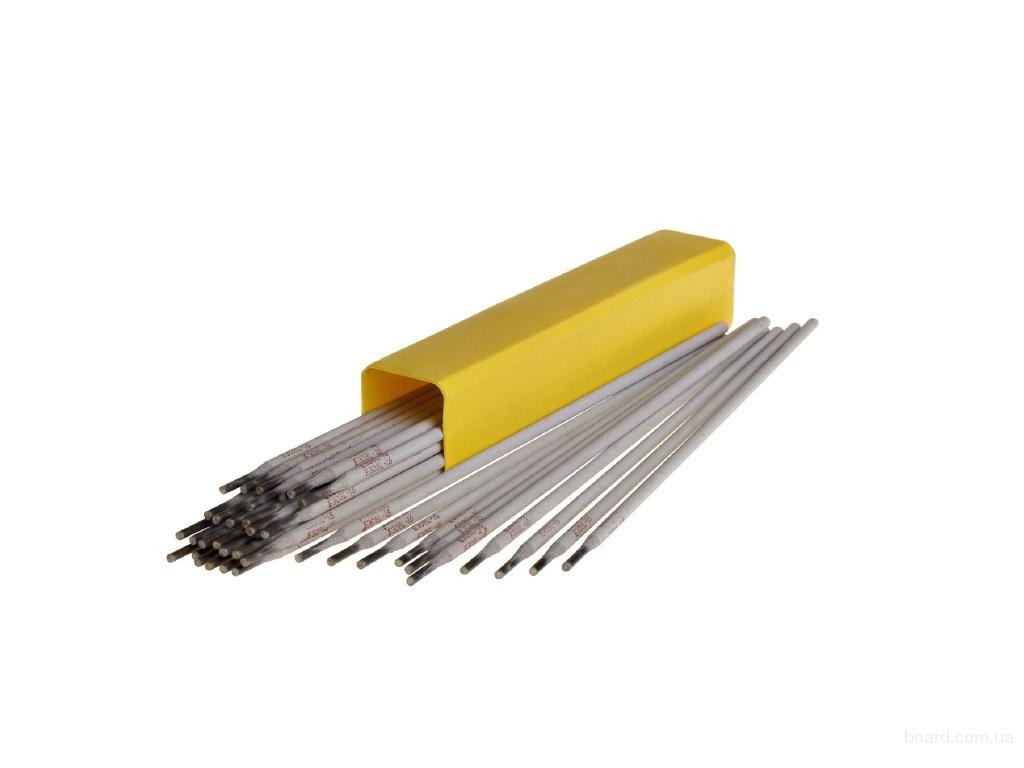Choosing the right welding electrode is critical for the success of any welding project, especially when working with specialty alloys like Hastelloy. Known for its exceptional resistance to corrosion and high-temperature strength, Hastelloy is widely used in chemical processing, aerospace, nuclear reactors, and other demanding industries. However, to harness its full benefits, selecting the appropriate Hastelloy Welding Electrodes is essential.
In this comprehensive guide, we will walk you through everything you need to know about choosing the right Hastelloy Welding Electrode for your project — from understanding Hastelloy’s unique properties to evaluating electrode types, sizes, and welding techniques.
What is Hastelloy? Why Use Hastelloy Welding Electrodes?
Before diving into electrode selection, let’s first understand what Hastelloy is and why it demands special welding electrodes.
Overview of Hastelloy
Hastelloy is a trademarked name for a group of corrosion-resistant metal alloys primarily composed of nickel, molybdenum, and chromium. These elements grant Hastelloy excellent resistance to harsh chemicals, oxidation, and extreme temperatures.
Because of these properties, Hastelloy alloys are the go-to materials in:
- Chemical processing plants
- Nuclear reactors
- Aerospace components
- Heat exchangers
- Marine environments
Why Are Specialized Welding Electrodes Necessary?
Welding Hastelloy is not the same as welding standard stainless steel or carbon steel. The composition requires specialized welding electrodes that:
- Match the chemical composition and mechanical properties of Hastelloy
- Provide strong corrosion resistance in the weld zone
- Minimize cracking and distortion during the welding process
Using inappropriate electrodes can lead to weld defects, corrosion failures, or loss of mechanical strength.
Understanding Different Types of Hastelloy Alloys
Choosing the right Hastelloy Welding Electrode also depends on which Hastelloy alloy you are working with. Each alloy has unique characteristics, so matching the electrode is key.
Common Hastelloy Grades and Their Applications
- Hastelloy C-22 (UNS N06022): Best for oxidizing and reducing environments, highly resistant to acids.
- Hastelloy C-276 (UNS N10276): Very versatile; excellent resistance to pitting, crevice corrosion, and stress corrosion cracking.
- Hastelloy B-2 (UNS N10665): Mainly for reducing environments, good for hydrochloric acid resistance.
- Hastelloy C-4 (UNS N06455): Good in hot, oxidizing environments.
Matching Electrodes to Alloys
For example, when welding Hastelloy C-276, you would typically use electrodes that provide similar nickel, molybdenum, and chromium content to maintain corrosion resistance. Similarly, electrodes designed for Hastelloy B-2 differ from those for C-22 because of the variation in alloy chemistry.
Key Factors to Consider When Choosing Hastelloy Welding Electrodes
Selecting the right electrode isn’t just about matching the alloy name. Various factors influence the decision:
1. Electrode Composition
The electrode’s chemical composition must closely mirror the base metal. Look for electrodes with similar nickel, molybdenum, chromium, and iron contents as the Hastelloy grade you’re welding.
2. Welding Process Compatibility
Hastelloy can be welded using various methods such as Shielded Metal Arc Welding (SMAW), Gas Tungsten Arc Welding (GTAW/TIG), and Gas Metal Arc Welding (GMAW/MIG). Each process may require different electrode types:
- SMAW: Consumable stick electrodes
- GTAW: Non-consumable tungsten electrode with filler rods
- GMAW: Continuous wire electrode
Make sure the electrode is compatible with your chosen process.
3. Electrode Size and Diameter
Electrode diameter impacts heat input and weld bead size. For precision welds, smaller diameters (1.6mm to 2.4mm) are preferred, while larger diameters suit thicker materials. Always consult the project’s welding procedure specification (WPS).
4. Mechanical Property Requirements
Different projects demand varying strength and ductility levels. Choose electrodes that provide mechanical properties meeting or exceeding your project’s standards, such as tensile strength, yield strength, and impact toughness.
5. Corrosion Resistance Needs
Since Hastelloy is chosen for its corrosion resistance, ensure the electrode maintains this in the weld zone. Some electrodes have added elements like molybdenum and iron for enhanced corrosion protection.
6. Base Metal Thickness and Joint Design
Thicker materials may require multi-pass welding and electrodes that provide excellent slag removal and easy slag detachment. Complex joint designs may influence electrode selection due to accessibility.
Popular Types of Hastelloy Welding Electrodes
Here are some commonly used electrodes tailored for different Hastelloy grades:
1. Hastelloy C-276 Electrodes
- AWS Classification: ENiCrMo-3 (commonly)
- Known for excellent resistance to pitting and crevice corrosion
- Used in chemical, marine, and nuclear industries
2. Hastelloy C-22 Electrodes
- AWS Classification: ENiCrMo-10
- Used in highly oxidizing environments and mixed acid atmospheres
3. Hastelloy B-2 Electrodes
- AWS Classification: ENiMo-7
- Ideal for welding in reducing acid environments such as hydrochloric acid plants
Conclusion
Selecting the right Hastelloy Welding Electrodes is critical to achieving durable, corrosion-resistant, and high-strength welds in your projects. Understanding the specific alloy grade, welding process, and project requirements helps you make an informed choice.
Remember, the right electrode not only simplifies the welding process but also protects your investment by delivering reliable, long-lasting welds. Whether you’re welding in chemical plants, aerospace, or marine environments, matching your Hastelloy Welding Electrode perfectly to your project needs is the foundation of success.


